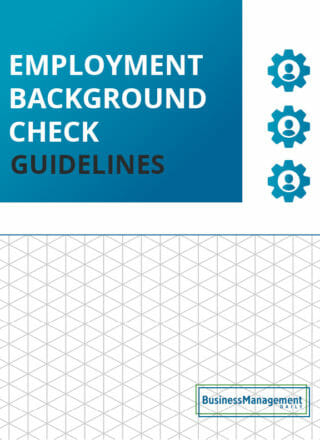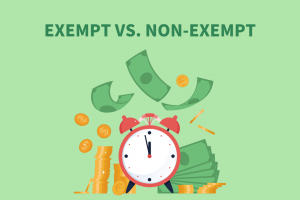Overtime and FLSA
While the Fair Labor Standards Act may be one of the oldest federal labor laws, it continues to create confusion when it comes to overtime. How to calculate overtime, and knowing when you have to pay overtime, is a topic we cover often. And understanding the wage rights of exempt employees vs. non-exempt employees is an evolving discussion we’re happy to help guide you through.
What are the laws on overtime pay?
Under federal law, covered employers are required to pay time-and-a-half to all hourly employees who work more than 40 hours in any workweek. Some states, such as California, have stricter overtime rules, requiring overtime for hourly workers who put in more than 8 hours in any workday even if they do not work more than 40 hours in the corresponding workweek. Employees properly classified as exempt under the FLSA are not entitled to overtime pay, no matter how many hours they work.
What about employees who voluntarily work extra hours?
You should also be aware that hourly employees who ‘voluntarily’ work extra hours must be paid for that time. For example, if an hourly employee comes in early, works from home in the evening to get caught up or skips lunch to keep working, you must pay her. That pay must include payment for overtime if the extra time puts her over 40 hours for the week. It does not matter that you specifically prohibit such extra work or require pre-approval for overtime. It also does not matter that a supervisor required the workers to clock out and keep working. Simply put, as the employer, you must pay for all time an hourly employee worked for you. Your only option is to discipline the employee for not following the rules. You should warn all supervisors that you will terminate them if they require off-the-clock work from subordinates.
How long can an employee work overtime?
Under the FLSA, there is no limit on how many hours of overtime an hourly employee can work. Nor does the federal law mandate rest or meal breaks. The FLSA does require that employers provide new mothers with unlimited milk expression breaks during their workday. There are also special rules in place for minors. Depending on age, some cannot be made to work overtime or even a full 40-hour schedule. Many states have very specific rules on breaks, including mandated meal breaks. Most states also limit how many hours a worker can be scheduled without a sleep break.
How do you calculate overtime pay?
To calculate overtime under the FLSA, you must first determine all hours worked during the workweek. You also have to determine what the worker’s regular rate of pay is. That figure is used to generate the amount of the overtime premium (time-and-a-half) the employee is due for the workweek. For assistance, review the DOL’s extensive guidance here.























